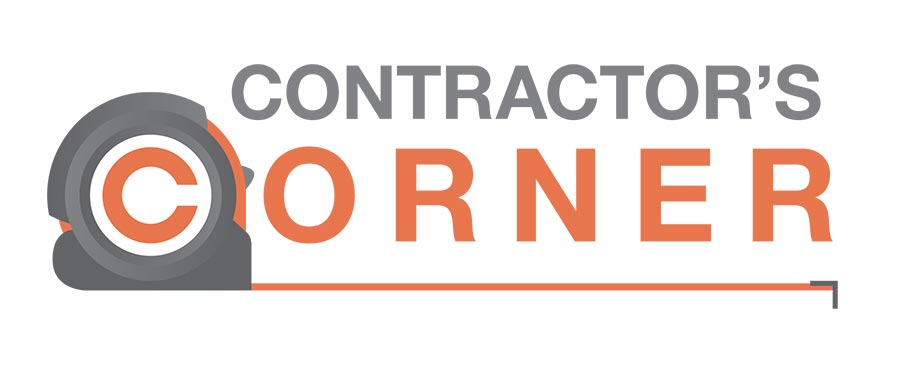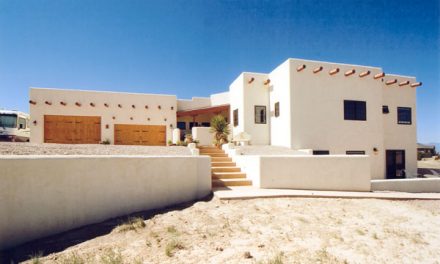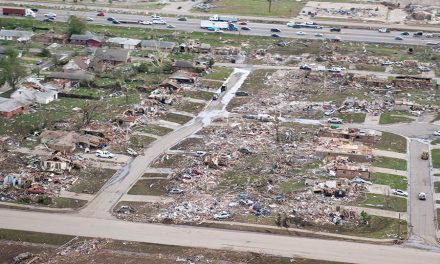This industry has propagated a few myths, exaggerations and misstatements for many years. These inaccuracies that some of us promote as “facts” are a leading reason why many in the building community still look at ICF as an immature or radical product.
In an effort to improve the reputation of ICFs, it’s time to move truth and accuracy to the forefront. ICF Builder Magazine is producing an “ICF Facts” page on our website that will dispel many of the false claims that have been made about our product with the hopes that it becomes a learning tool for members of our industry, and those beyond it. This list below is a start to what we hope will be full of submissions by our readers.
If you would like to add to this list, or simply have a “myth” you’d like us to address please send submissions with the “claim” and the “fact” to info@ICFmag.com with “Straight Talk 101” in the subject line. We’ll credit you with the submission and add it to our list that will be prominently displayed on our website www.ICFMag.com.
Please take time to send us the lines you hear or read that you would like to have removed from the vocabulary of the industry.
“ICF’s are R-52 insulation value”
Not even close. The tested R-value of a typical ICF with 2.5” of EPS foam on each face is in the neighborhood of R-22. That’s because lab tests rate the individual components, not the wall assembly.
The “R-52” statement is a spinoff of a study performed on several wall assemblies in different locations across North America comparing the field performance of ICF homes with that of typical wood frame construction.
A more correct way to phrase this claim would be, “A properly constructed ICF wall may perform as well as a wall with an R-value of 52 in certain climate zones.”
“You don’t need to vibrate concrete….”
Unless you use a self consolidating concrete mix design, concrete should always be vibrated to remove trapped air, and ensure consolidation. Studies at PCA have shown that internal vibration is the surest way to eliminate voids and honeycombing. It’s true that certain mix designs can forego internal vibration, however, few ICF installers are equipped to accurately do this. The discussion of whether or not to vibrate concrete mixes should be left to the structural engineer involved in the project.
“ICF’s are termite resistant”
EPS foam that is not specifically treated to repel termites are not “resistant” to tunneling termites. True, the concrete core within the ICF is “termite resistant”, but termites have been known to enter ICF structures and cause damage. While it’s true that EPS provides no food value for termites, they will tunnel through it searching for food and a place to live. And termites can find a way through a cold joint or other penetration that is not sealed.
The only statement that should be made here is that the termites won’t eat the concrete, which is the structural element within the ICF. However, they could tunnel through the foam, and may get to wood trusses or floor systems.
“ICF walls won’t burn”
Composite cement-EPS blocks such as Rastra and Apex are fireproof, but traditional foam forms are still considered combustible construction. That’s because at about 1300º F, the fire retardant in the EPS boils away and the foam becomes fuel to the fire. ICFs need a fire-rated sheathing.
The statement here should be that the foam and web components of the ICF are required by code to be protected by a thermal barrier. However, the time, temperature and intensity of the fire required to destroy this barrier would be such that no living people could be compromised.
“ICF walls provide water-proofing for below grade structures”
Not so. The ICF form does not add to the waterproofing abilities of the concrete wall. ICF walls should be waterproofed on the exterior side of any sub-grade structure to prevent water intrusion.
The statement here should be “ICF walls should and are recommended to have waterproofing installed on the exterior side to prevent water intrusion, just as any other below grade wall should have.”
“I put waterproofing on the exterior side of the wall, so it will keep termites out as well”
Unless the waterproofing material is specifically tested as a termite barrier, this is only wishful thinking.
“ICF walls don’t need to be cleaned out if there is foam “dust” inside at the bottom, this will get mixed with the concrete as it is poured”
Not the case. In one extreme example, a house in Texas was completely removed from the foundation after crews unscrupulously allowed “dust” from cutting the forms to fall within the wall. They didn’t know the error of their ways until it was discovered by the homeowner.
ICF wall cavities should be inspected to insure they are clean of all dirt and debris prior to placing concrete. If foam debris is discovered, it should be removed with water, not compressed air as air has a tendency to allow the foam debris to statically stick to the webs and foam shell and not leave the cavity of the ICF.
“ICF Homes save homeowners XX% in utility savings when compared to wood frame homes”
This is possible. However, the simple truth is that the ICF is only partially responsible for the savings in utilities that an ICF home can have. Windows, roof insulation and other parts of the building envelope play critical roles, as does the climate the home is located in. ICF professionals should be cautious about attributing energy savings only to the fact that the home is constructed with ICF.
“ICF Structures are more fire resistant than other types of homes”
Not necessarily. Once again, consider the other building elements. An ICF home with highly flammable roof materials such as cedar shake and authentic cedar siding is more likely to burn when compared to a wood frame structure with a metal roof and cement board siding, especially in the event of a wildfire such as those that are common in California.
“ICF Homes are hurricane and tornado resistant”
At face value, “everyone knows” ICF walls and ICF floor roof systems definitely are resistant to the forces of a hurricane. However, just because the structure incorporates ICF doesn’t mean that it can withstand Mother Nature’s worst. Proof of this was evident along the gulf coast of the US as many ICF structures failed.
These failures were usually a fault of improper engineering. We must overcome the idea that “it’s ICF so it will work”. Additionally, homes with ICF walls that lack a hurricane-proof roof system may not be any more resistant to wind damage than a well built home of other materials and methods.
The statement should read: Properly engineered ICF walls and roof system will outperform traditional non-fortified homes in the event of a hurricane or tornado.
“ICF walls will withstand seismic activity”
Once again, only if they are engineered and designed to withstand the level of seismic activity expected. Design of the structure is first and foremost when considering the ability of the wall system to withstand forces that may come to bear.
ICF walls may perform better than a traditional structure in the event of an earthquake, but that statement lacks specific details.

Ian Giesler
Have a construction question you’d like answered? Email your question to Ian at AskTheBuilder@icfmag.com.












